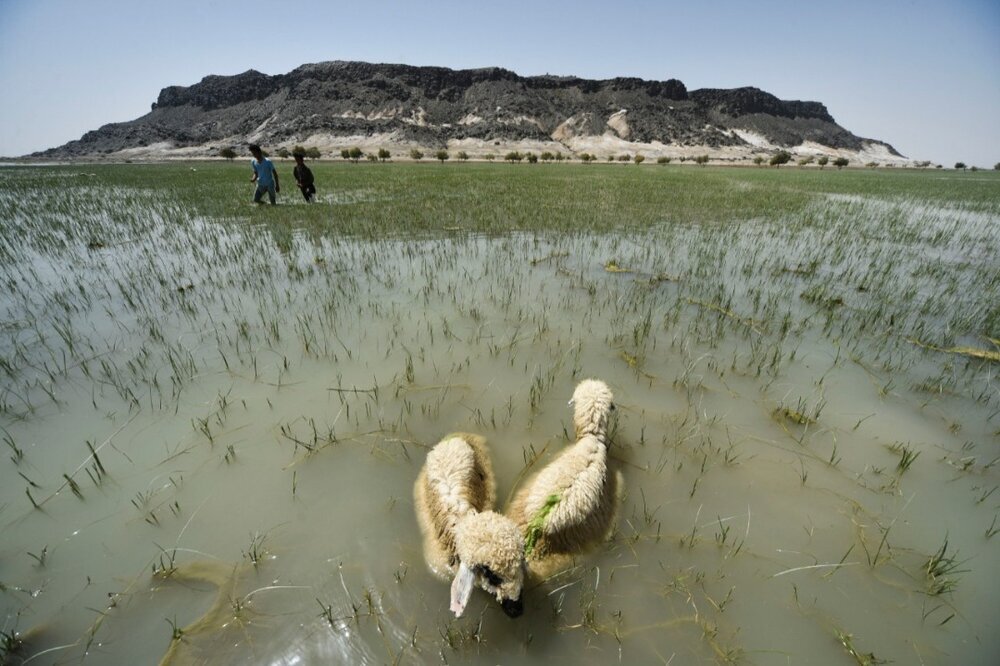INSUBCONTINENT EXCLUSIVE:
TEHRAN - Conservation of Iranian Wetlands Project (CIWP), a joint initiative between the United Nations Development Program (UNDP) and the
Government of Japan, has so far led to 27 percent water saving for irrigation in the country.The three-year (2021-2024) cooperation between
the DoE, Japan, and UNDP Iran has been initiated to up-scale successful practices to additional pilots in the Urmia Lake basin and two new
replication sites including Shadegan and Bakhtegan Wetlands.The use of some innovations, including subsurface irrigation systems for
vineyards, has reduced irrigation water by more than 50 percent, IRNA quoted Mehri Asna-Ashari, the CIWP manager, as saying.Since 2014,
together with the Government of Japan, UNDP has been supporting Lake Urmia restoration efforts
The project covers 202 villages in northwestern East and West Azarbaijan provinces.Alongside this, UNDP Iran is implementing the Sistan
INTPA) to boost socio-economic development in Sistan-Baluchestan province, restore Hamoun Wetlands and promote alternative climate-smart
livelihoods.Besides, the issue of diversifying livelihoods compatible with wetland resources is pursued in the four provinces of West
identified, of which 25 wetlands are designated as wetlands of international importance (registered in the Ramsar Convention) covering more
than 1.4 million hectares and four sites are biosphere reserves.So far, for 44 wetlands in the country, such as Parishan and Shadegan
wetlands, and Lake Urmia, environmental management plans have been prepared, of which 28 plans have been approved and the rest are awaiting
live or breed in wetlands.Wetlands play an important role in coastal environments-economies: health, food supply, tourism, and jobs
Wetlands are providing essential ecosystem services such as water regulation, including flood control and water purification.More than a
among the ecosystems with the highest rates of decline, loss, and degradation.Wetlands are disappearing three times faster than forests and

